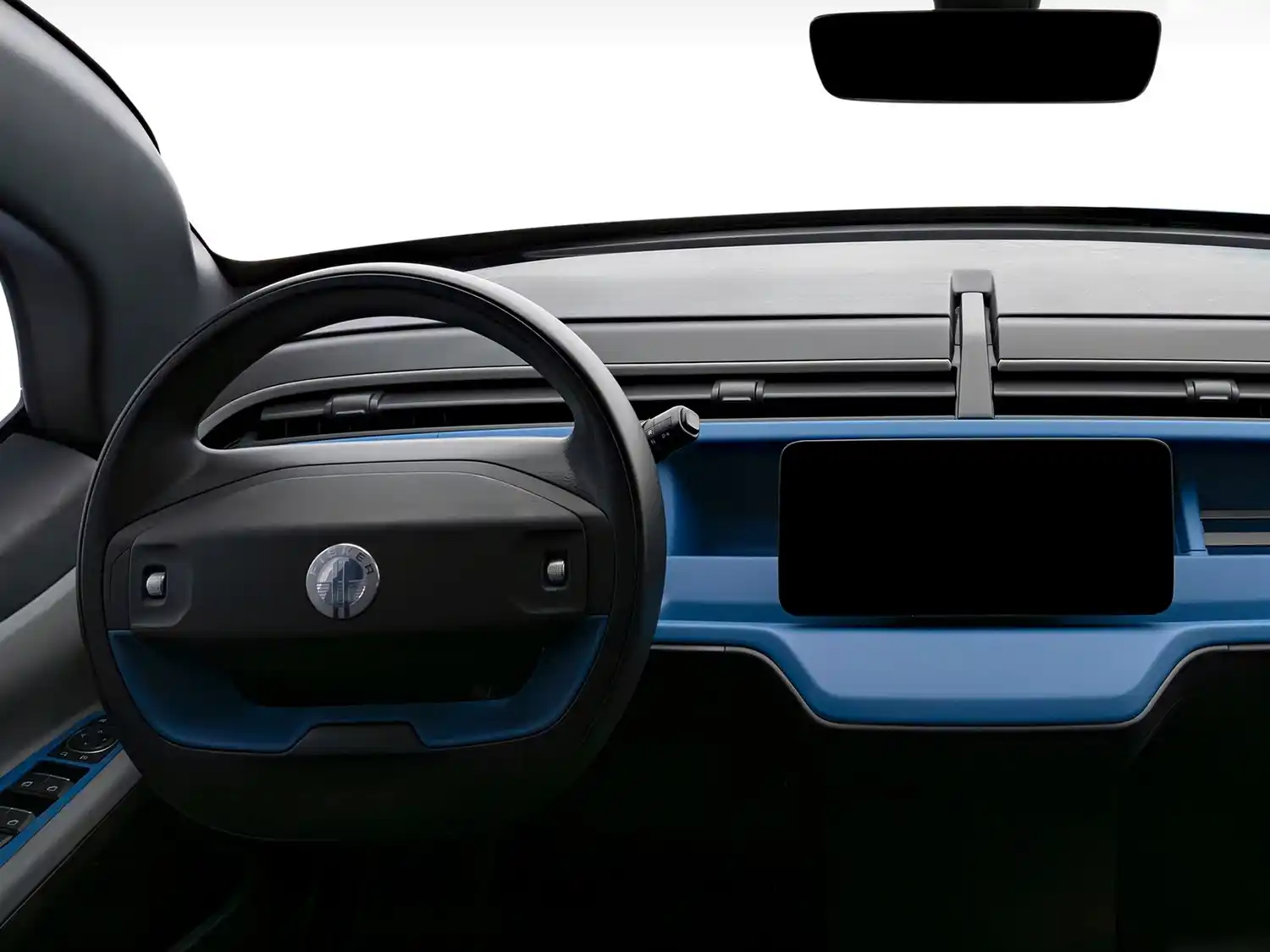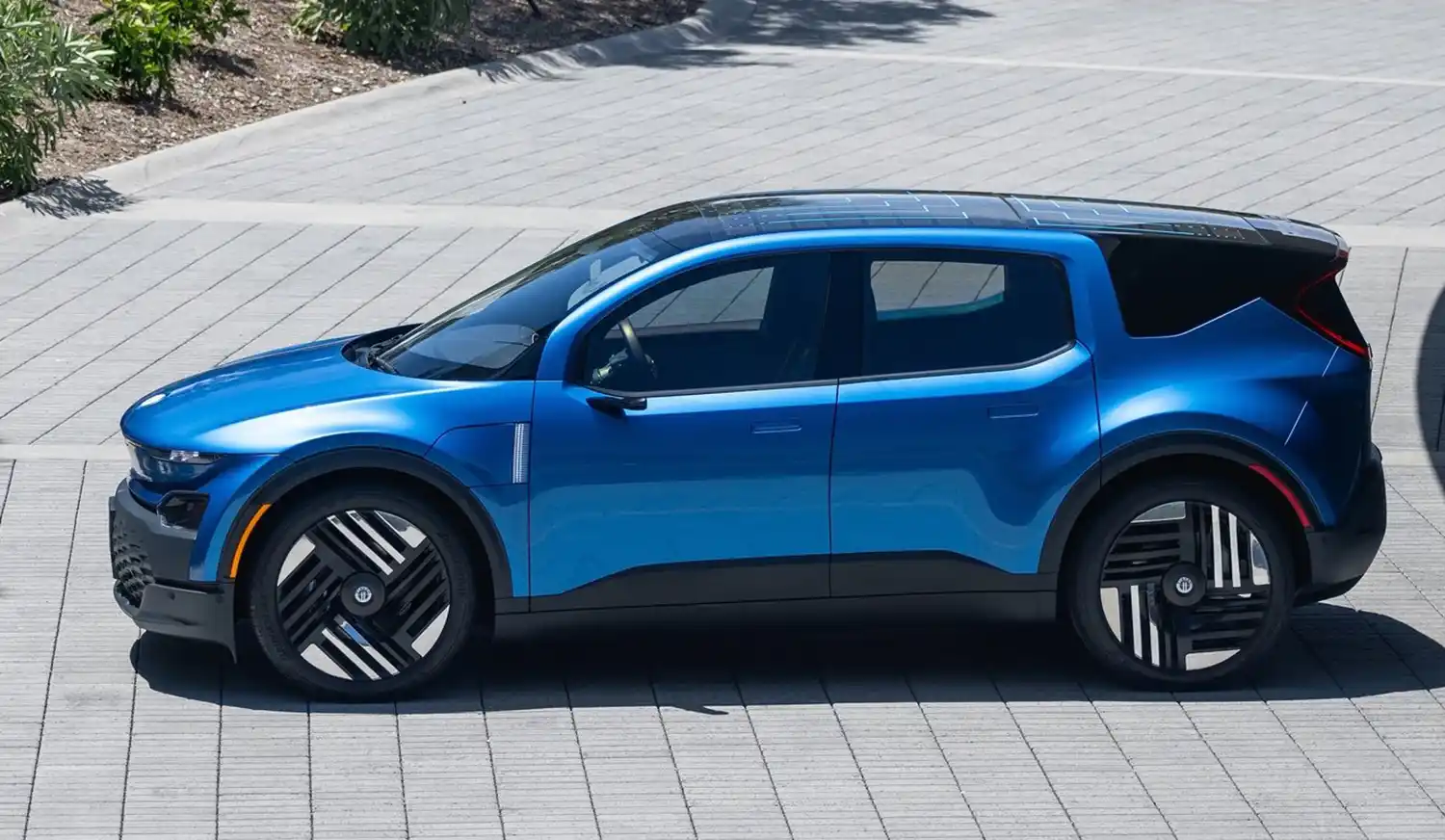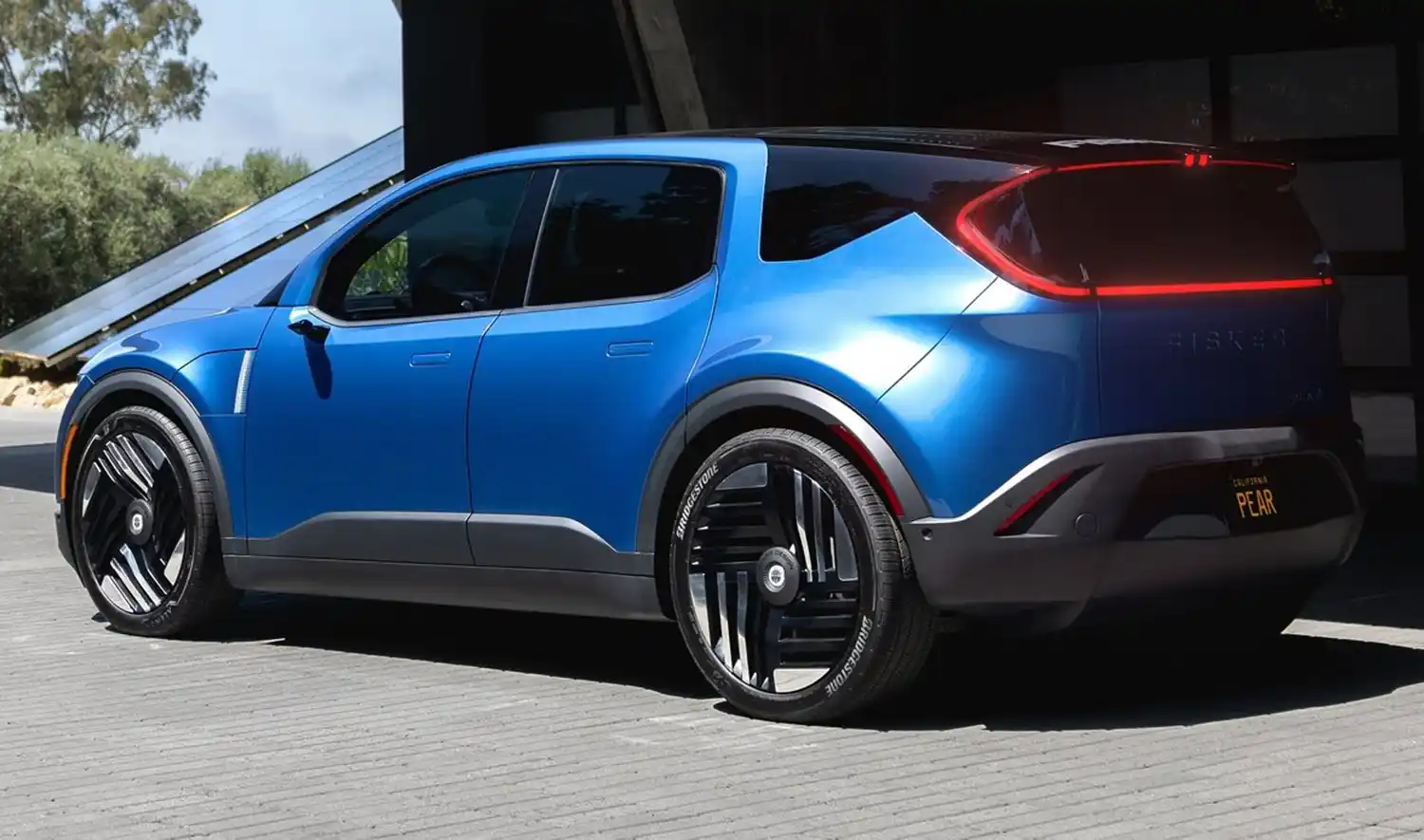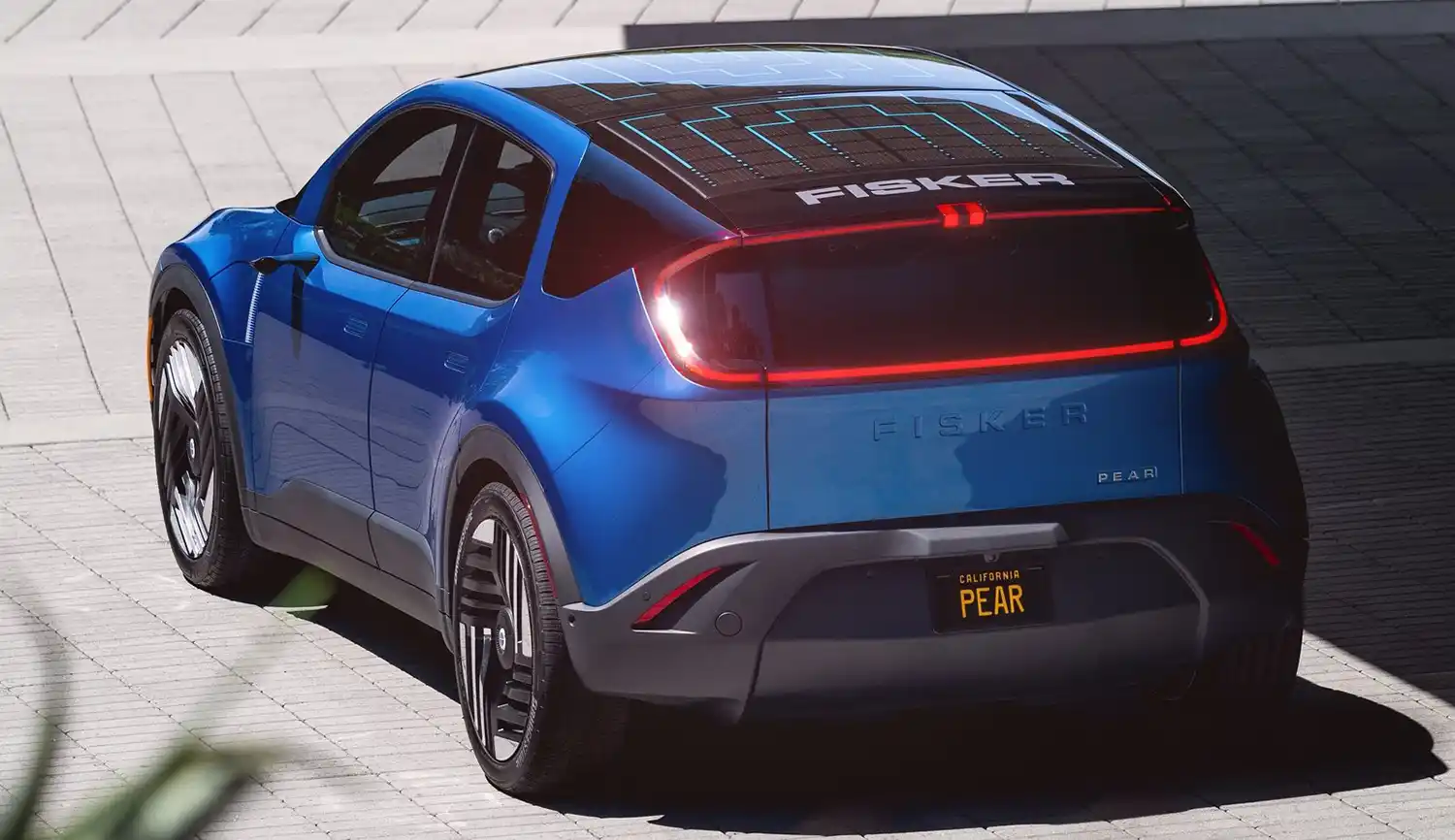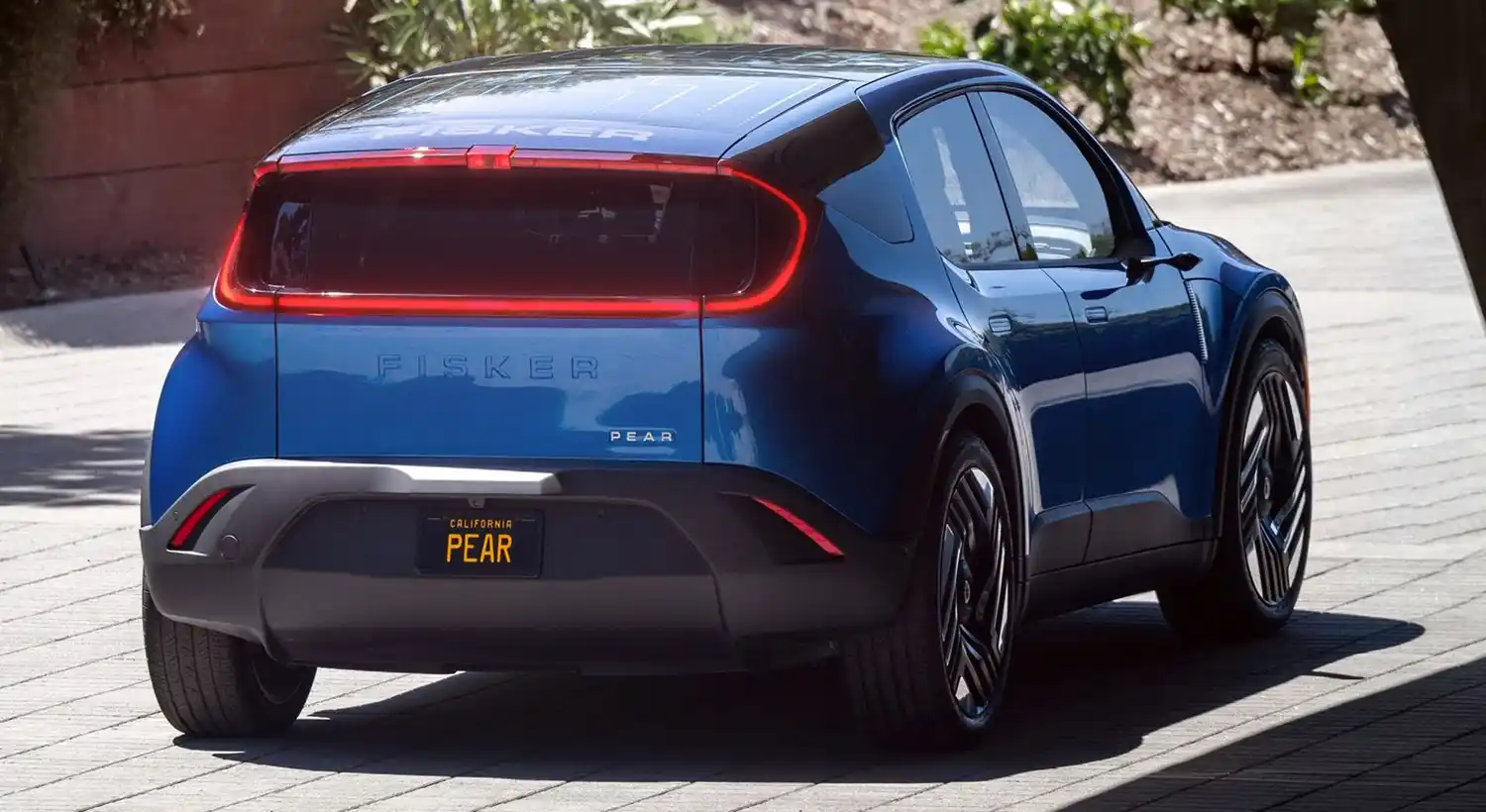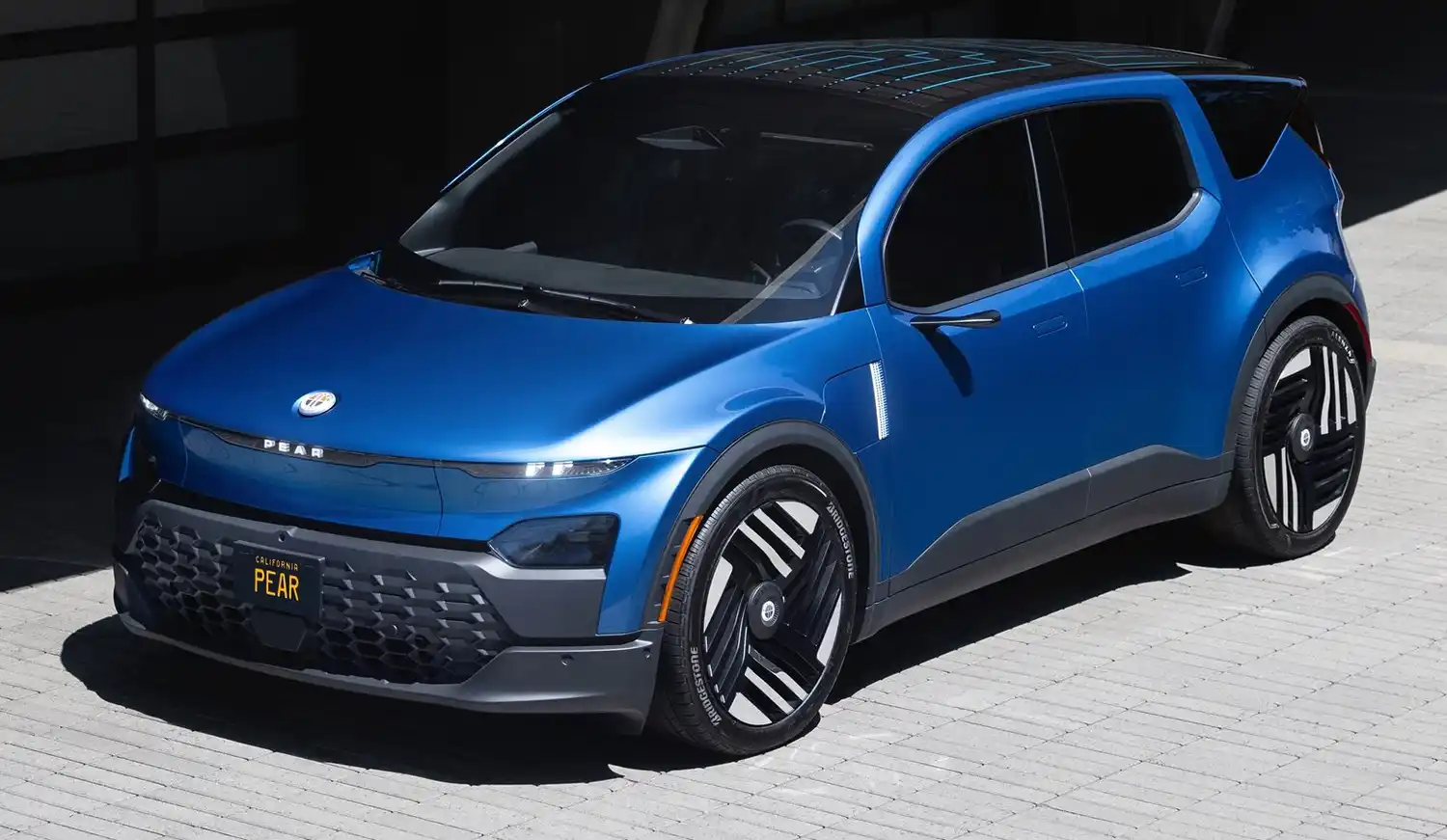
Fisker Inc., driven by a mission to create the world’s most emotional and sustainable electric vehicles, released additional details on the Fisker PEAR, an innovative and affordable crossover to be priced at $29,900.

“With PEAR, we threw convention out the window,” Chairman and CEO Henrik Fisker said. “We created this vehicle with the idea that young people living in the world’s big cities need innovative, versatile, and affordable mobility.”
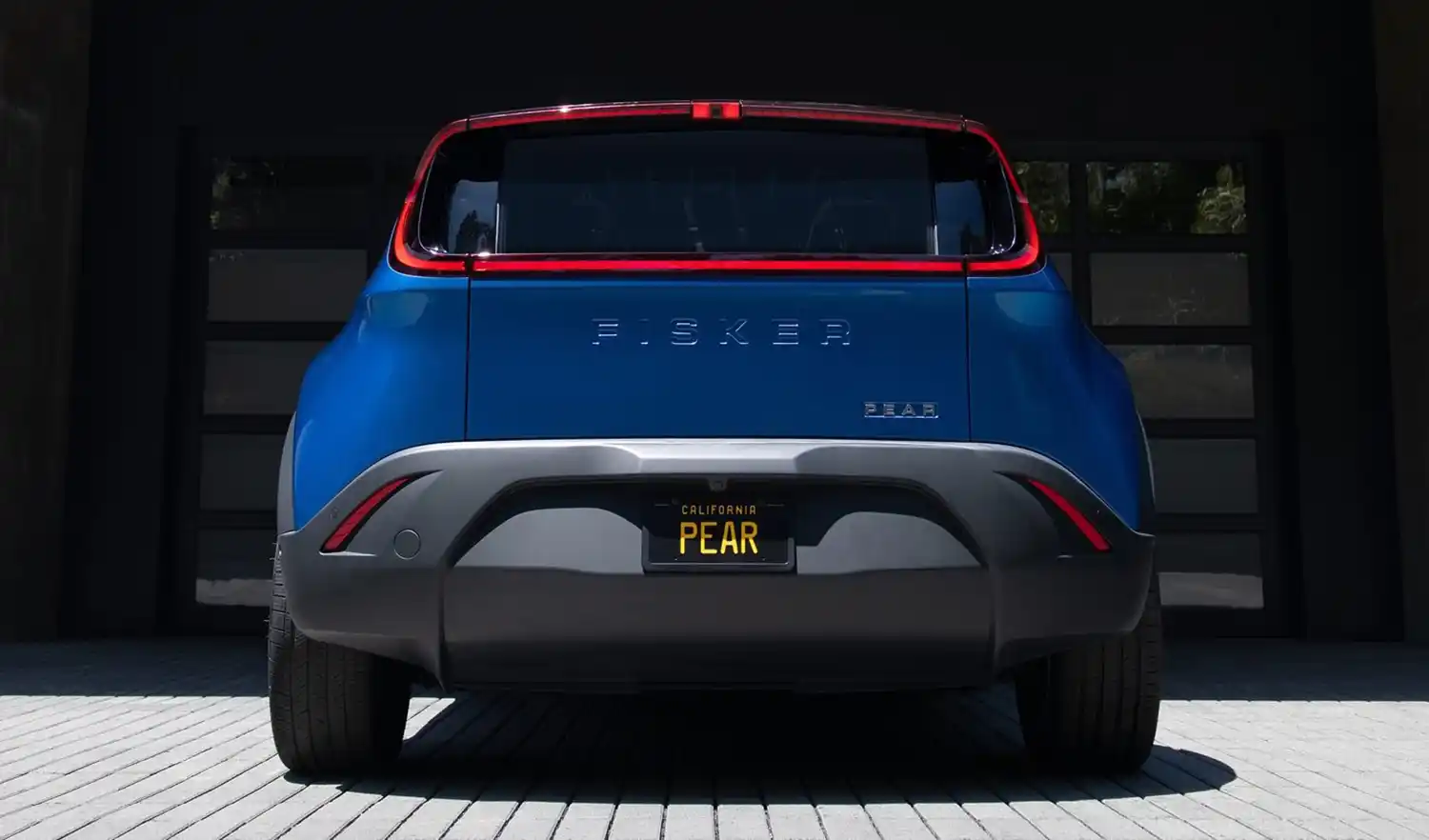
Fisker showcased PEAR, which is planned to be built in the US in collaboration with Foxconn at a factory in Ohio, at the company’s first-ever Product Vision Day.

Fisker has also announced that a production-intent PEAR will be exhibited publicly at the Fisker Lounge Munich (Kaufingerstrasse), concurrent with the IAA Mobility 2023 event in Munich.

The PEAR is using a new light steel body structure; Fisker’s engineering and design departments have worked on reducing the parts count by 35%. The approximately 15-foot-long vehicle (4550mm) is smaller than the Fisker Ocean SUV which began deliveries in 2Q 2023. It features a unique Houdini trunk that enables owners to load and unload in tight street parking situations and to avoid damage in parking structures with low ceilings. The trunk lid and glass move down behind the rear bumper beam and are therefore protected in case of a rear crash.

Additional features include a drawer-like front boot, or “froot,” that could be used to store anything from delivery pizza to sweaty workout gear, thereby keeping odors out of the cabin; it will be offered with an insulated option to keep food hot or cold. The cabin itself is designed to be extremely durable, with no fragile moving parts – excellent for car-sharing applications, busy families with kids or people who like a lot of storage space everywhere.

The Fisker PEAR will also have a Lounge Mode, with all seats folding flat including the rear seat folding backwards into the trunk area, to create a large lounge space for watching a movie or taking a rest. PEAR will come with an optional 17.1-inch rotating screen for entertainment in Lounge Mode. The five-seat vehicle will have an option to seat six people, with a large two-seat bench replacing the single front passenger seat and center console.
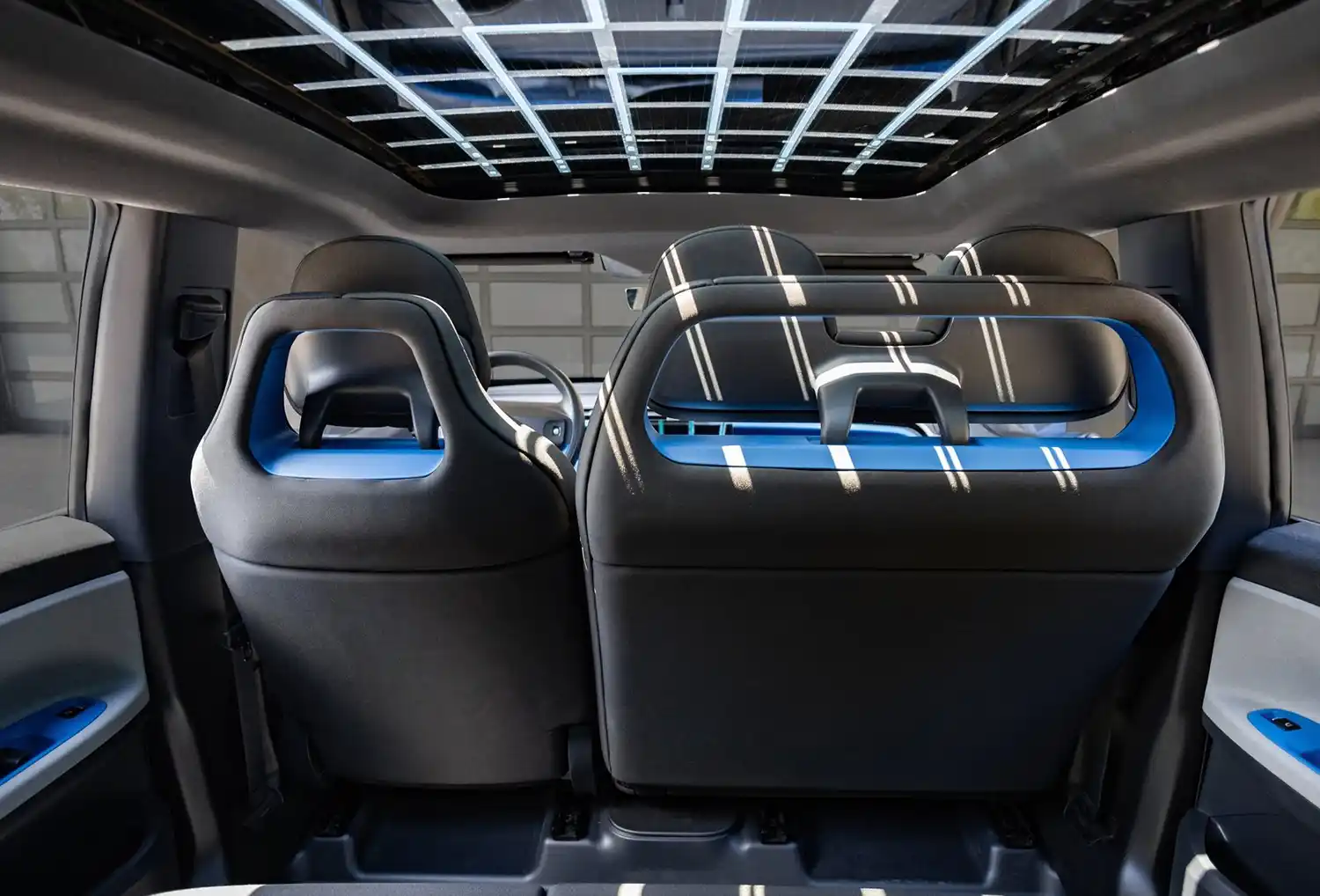
The interior will feature recycled and bio-based materials to help make PEAR a leader in sustainability in its segment. The PEAR will also be the basis of Fisker’s aim to create a carbon neutral vehicle by 2027. The vehicle has been presented in its final production form, except for the exterior camera mirrors, which are still under review.
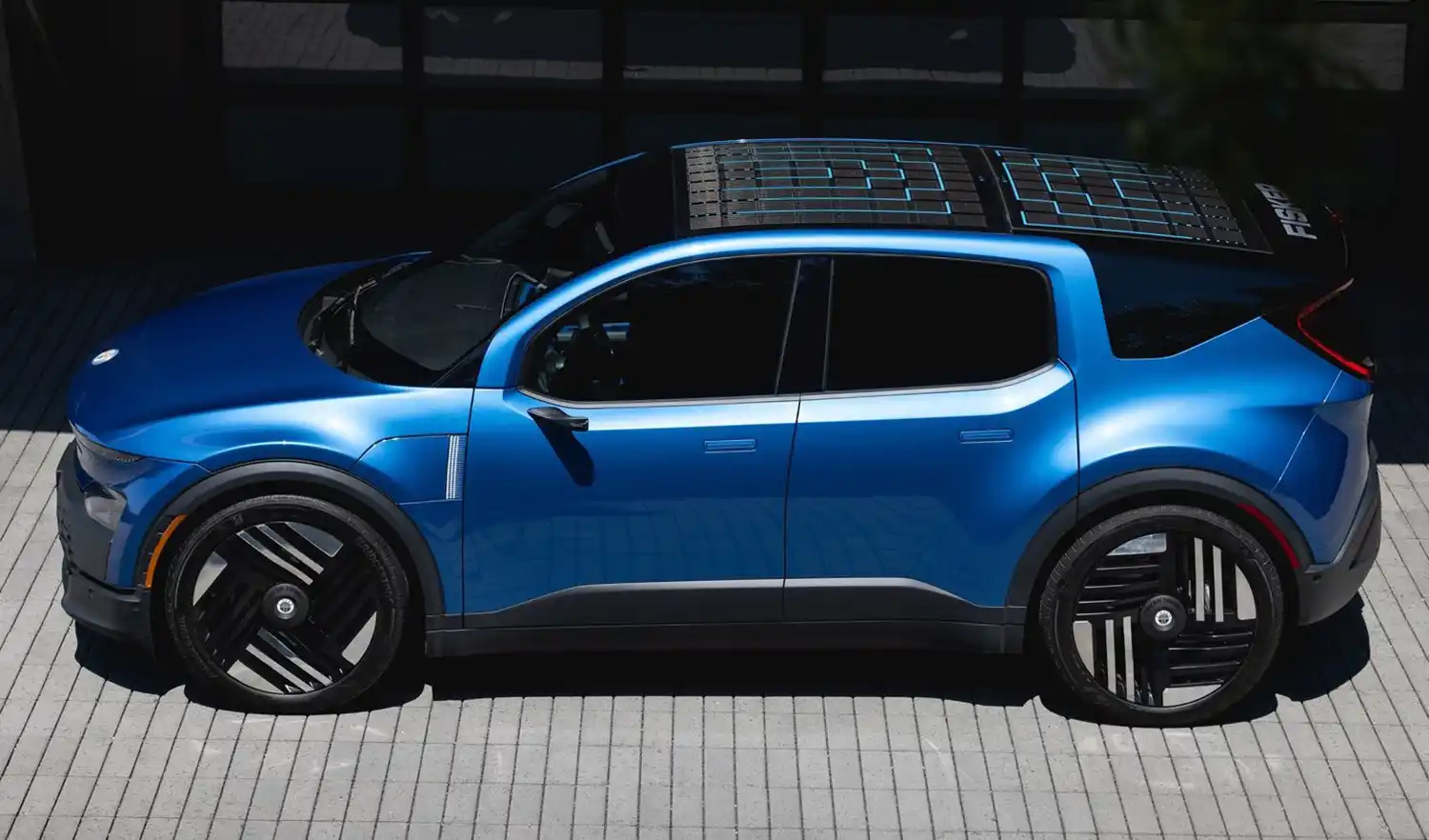
Two battery options will provide an estimated range of either 180 miles, aimed at being the lightest and most sustainable version, or an estimated 320 mile-range for longer trips. (320-560 km WLTP estimate). The vehicle is projected to deliver a base 0-60mph time of 6.3 seconds and a 0-100 km/h of 6.8 seconds. The PEAR will be offered in both rear wheel and all-wheel drive, ride on standard 20-inch wheels and be outfitted with low rolling resistance tires and optional 22-inch wheels with high performance tires. A high-performance variant, the Fisker PEAR Extreme, will also be in the lineup.

The PEAR will be the first Fisker vehicle to implement the company’s in-house-designed High-Performance Computer, the Fisker Blade, that will offer a completely new connected and digital customer experience for the era of software-defined vehicles. Built to be fast, energy-efficient, safe, and cybersecure, the Fisker Blade is packaged in a slim, modular, and fully upgradable unit. The Fisker Blade delivers up to 6.2 TFLOPs and up to 25% more performance per watt used. The system uses an asymmetric processing architecture to achieve more power efficiencies. The vehicle features a multi-gigabit internal Ethernet network that connects the rest of the vehicle systems to Fisker Blade for high-speed networking and diagnostics. The 5G/Wi-Fi6 wireless network turns PEAR into a cloud-connected mini data center, with Fisker designing and developing both the vehicle system software and data pipeline for highly efficient cloud and in-car analytics.
Manufacturing and deliveries are expected to commence in July 2025.
